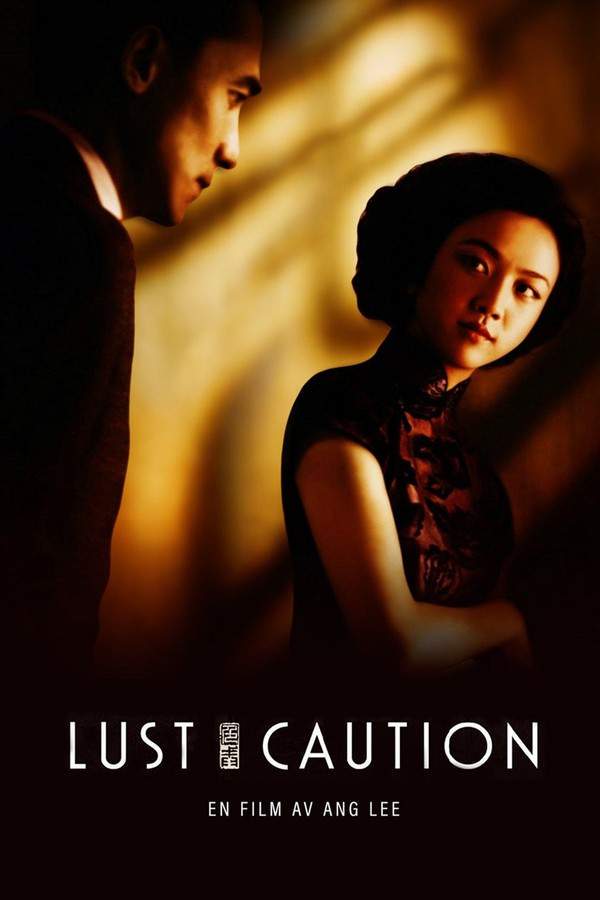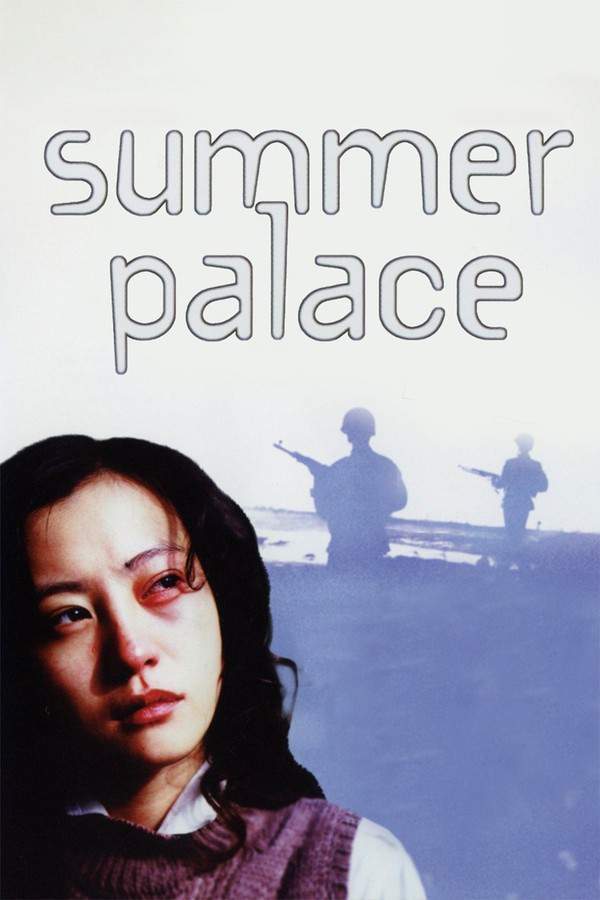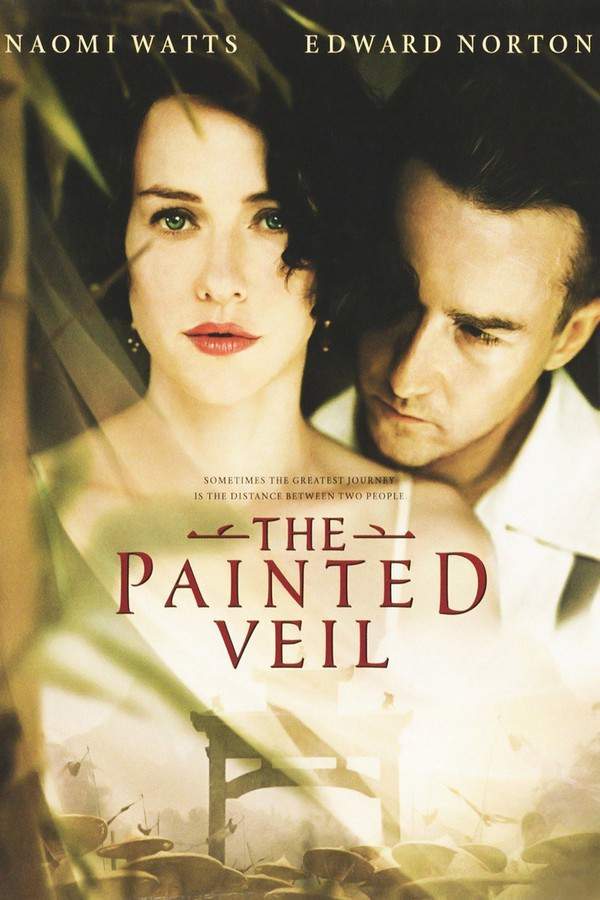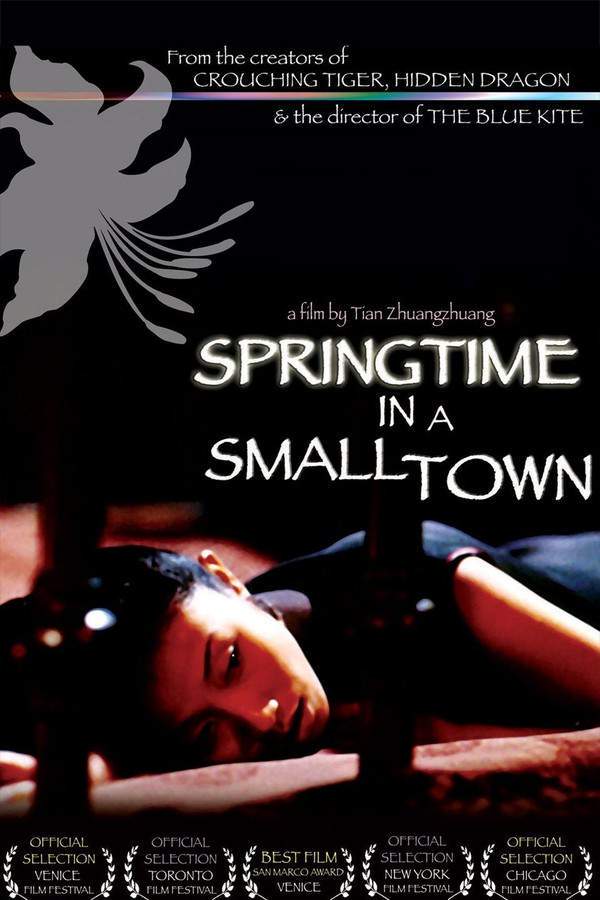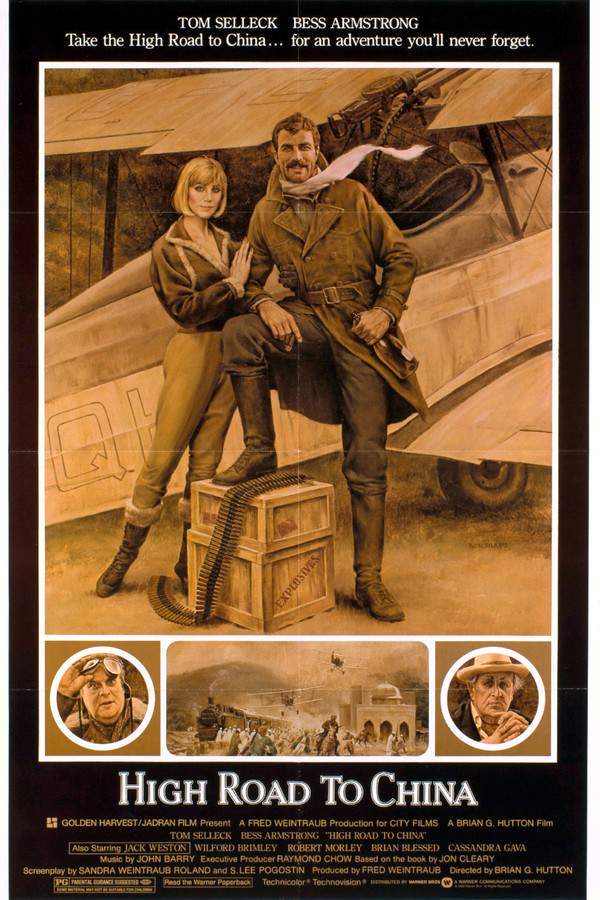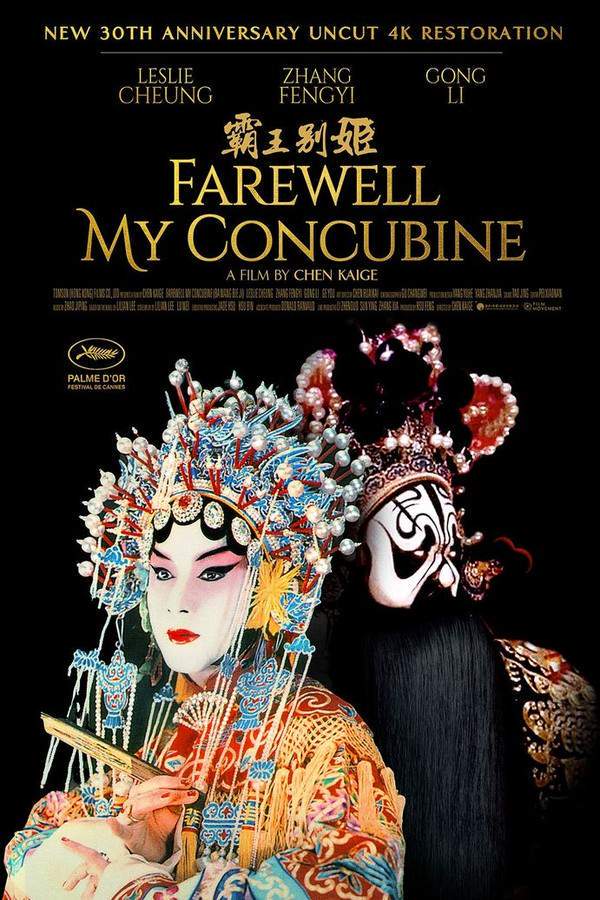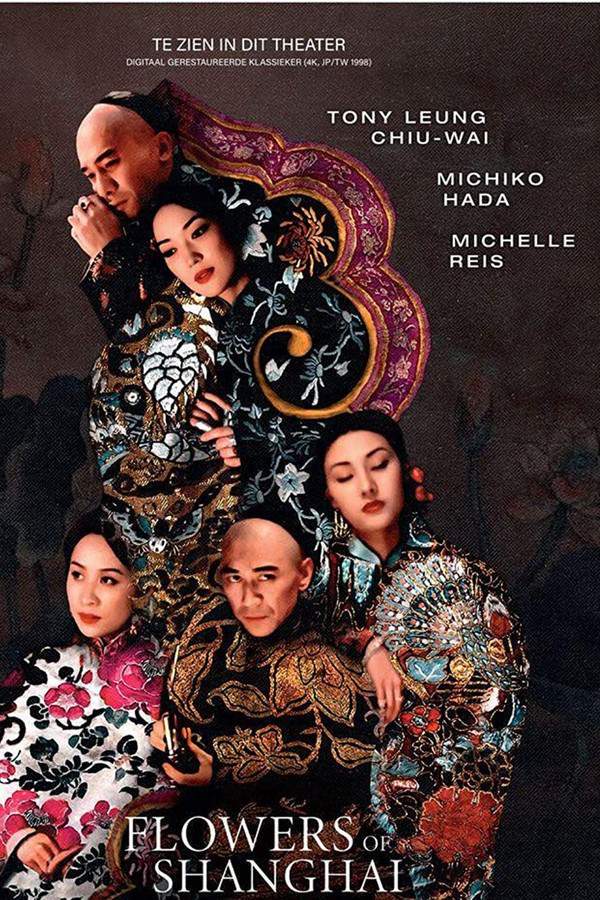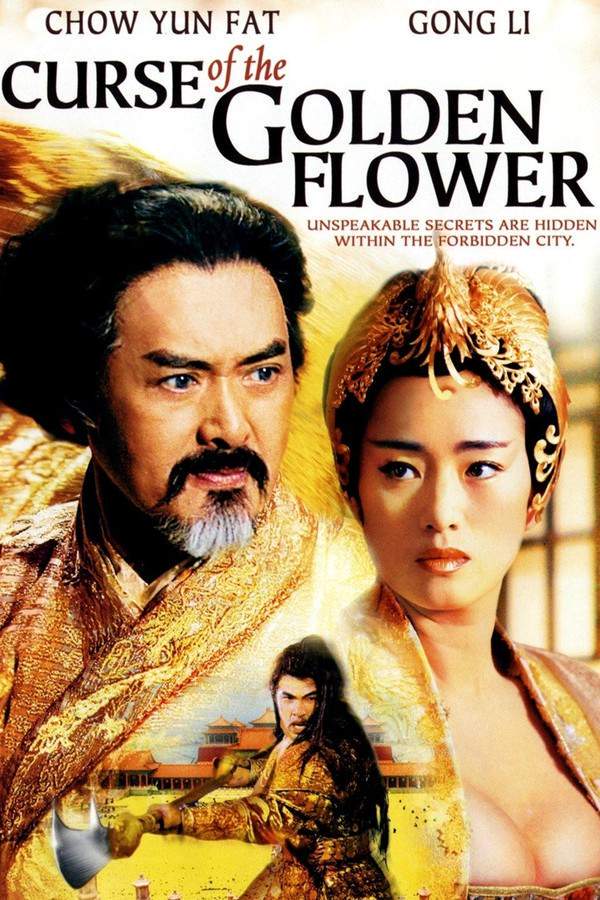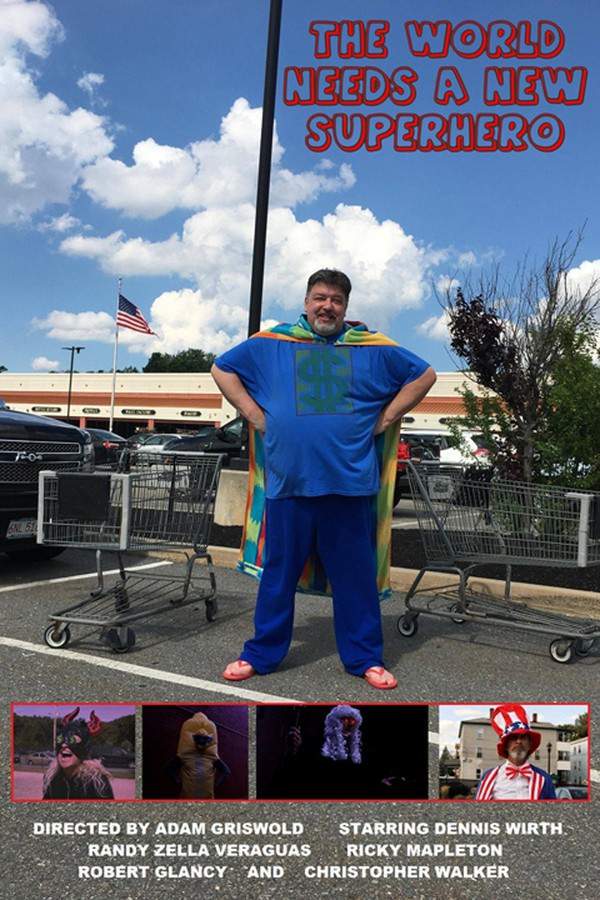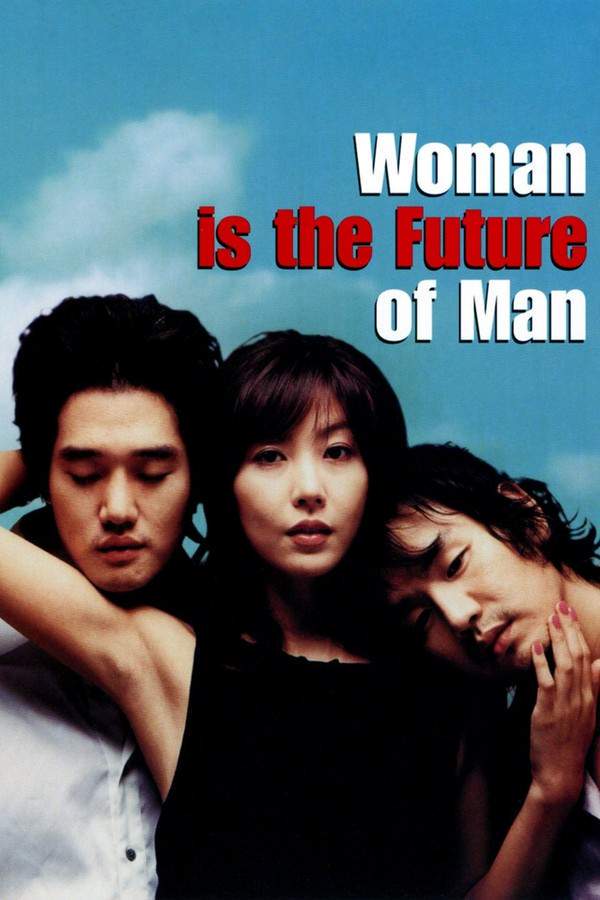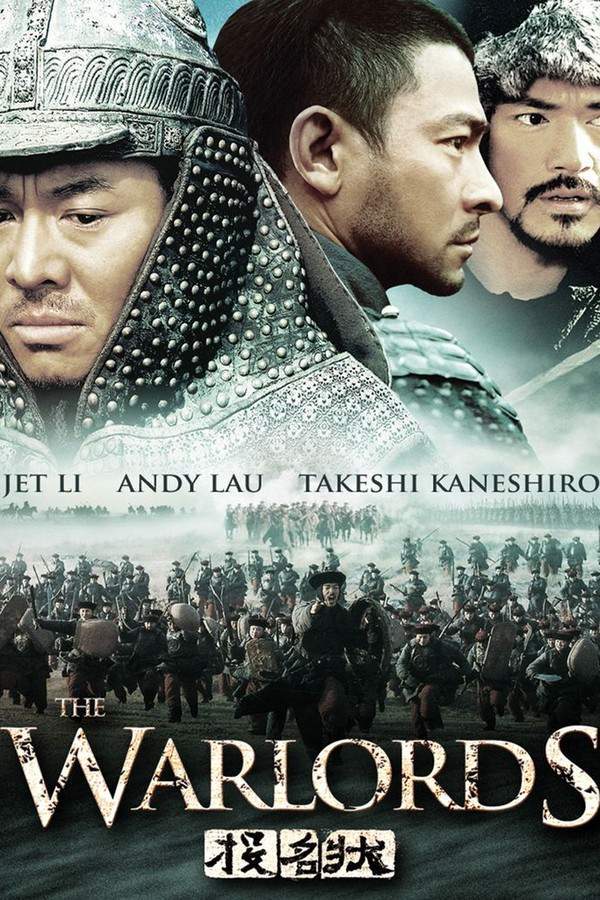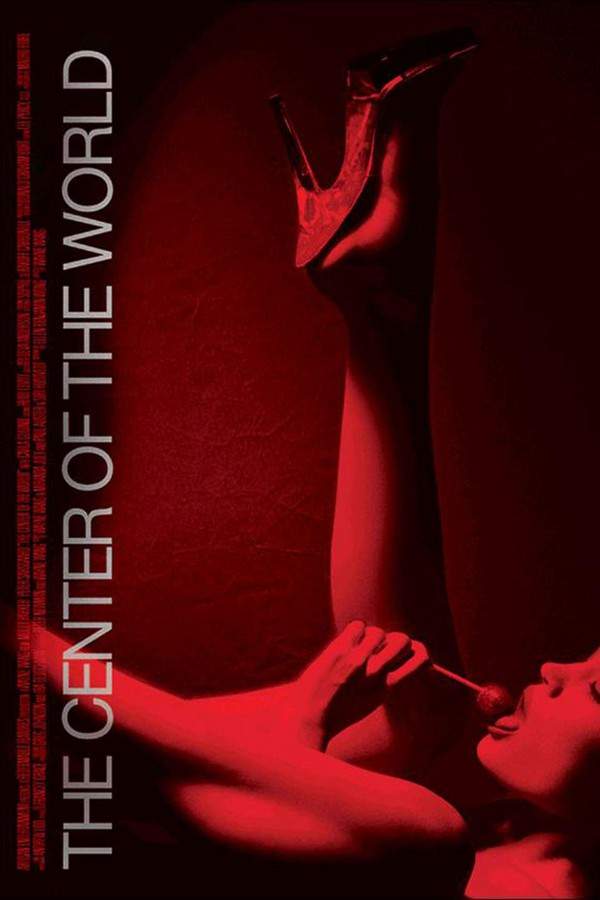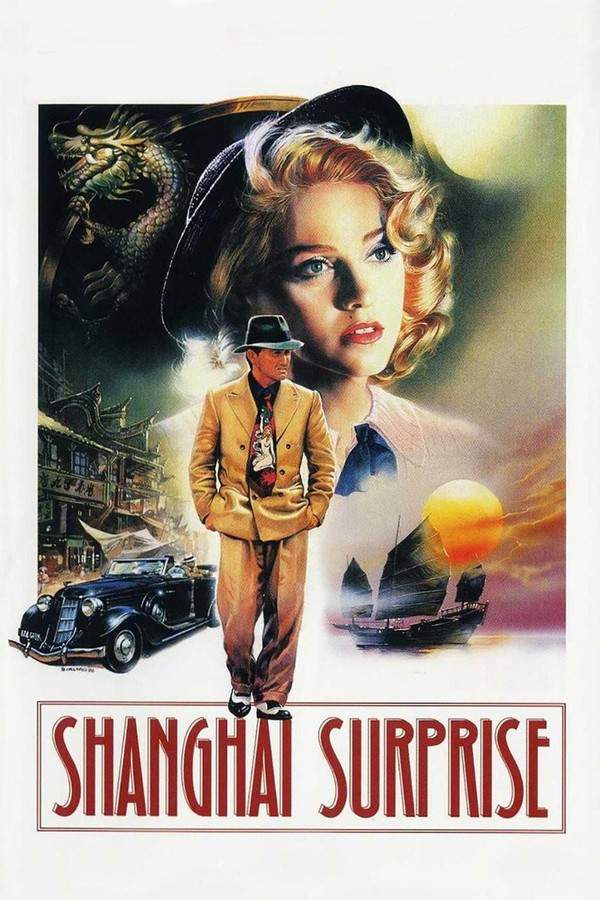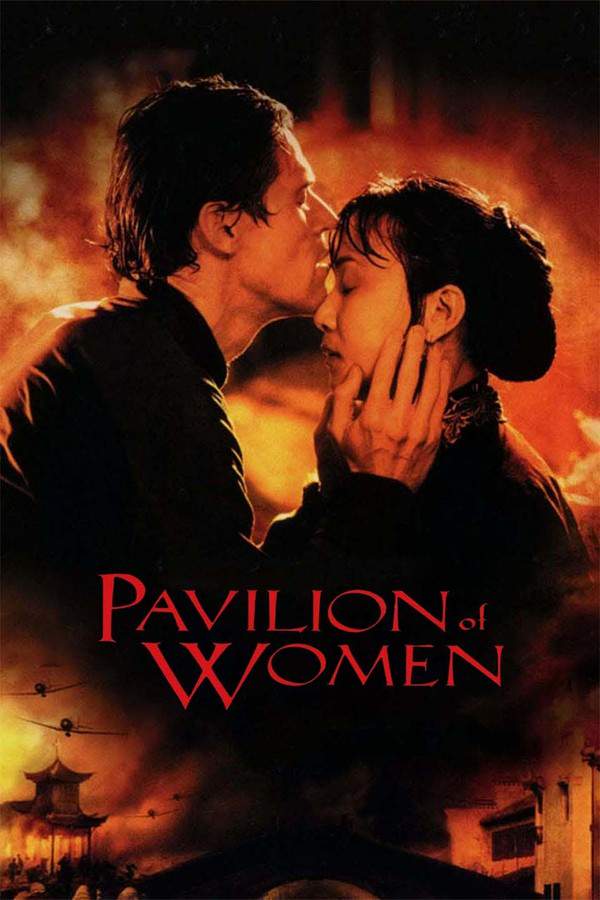
Pavilion of Women
Year: 2001
Runtime: 116 min
Language: English
Director: Ho Yim
Madame Wu's pursuit of knowledge leads her to question the traditions of her society. While navigating the constraints of an arranged marriage, she finds comfort in her studies and develops a surprising connection with Andre, an American missionary doctor. Their relationship sparks a bittersweet exploration of personal identity, societal expectations, and the complexities of forbidden love.
Warning: spoilers below!
Haven’t seen Pavilion of Women yet? This summary contains major spoilers. Bookmark the page, watch the movie, and come back for the full breakdown. If you're ready, scroll on and relive the story!
Timeline & Setting – Pavilion of Women (2001)
Explore the full timeline and setting of Pavilion of Women (2001). Follow every major event in chronological order and see how the environment shapes the story, characters, and dramatic tension.
Last Updated: July 24, 2025 at 08:18
Main Characters – Pavilion of Women (2001)
Meet the key characters of Pavilion of Women (2001), with detailed profiles, motivations, and roles in the plot. Understand their emotional journeys and what they reveal about the film’s deeper themes.
Last Updated: July 24, 2025 at 08:18
Major Themes – Pavilion of Women (2001)
Explore the central themes of Pavilion of Women (2001), from psychological, social, and emotional dimensions to philosophical messages. Understand what the film is really saying beneath the surface.
Last Updated: July 24, 2025 at 08:18
Unlock the Full Story of Pavilion of Women
Don't stop at just watching — explore Pavilion of Women in full detail. From the complete plot summary and scene-by-scene timeline to character breakdowns, thematic analysis, and a deep dive into the ending — every page helps you truly understand what Pavilion of Women is all about. Plus, discover what's next after the movie.
Pavilion of Women Summary
Read a complete plot summary of Pavilion of Women, including all key story points, character arcs, and turning points. This in-depth recap is ideal for understanding the narrative structure or reviewing what happened in the movie.

Pavilion of Women Timeline
Track the full timeline of Pavilion of Women with every major event arranged chronologically. Perfect for decoding non-linear storytelling, flashbacks, or parallel narratives with a clear scene-by-scene breakdown.
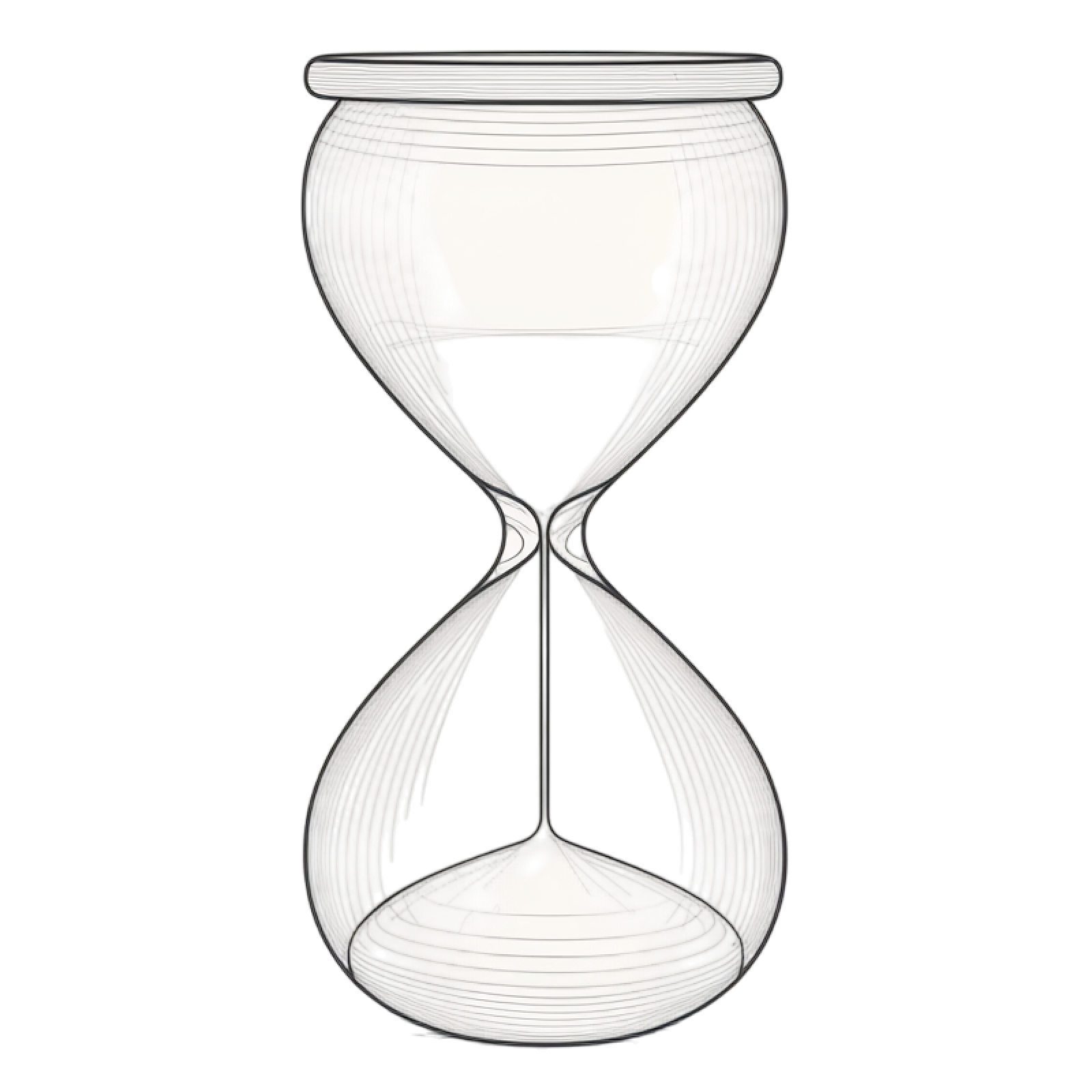
Similar Movies to Pavilion of Women
Discover movies like Pavilion of Women that share similar genres, themes, and storytelling elements. Whether you’re drawn to the atmosphere, character arcs, or plot structure, these curated recommendations will help you explore more films you’ll love.
Explore More About Movie Pavilion of Women
Pavilion of Women (2001) Plot Summary & Movie Recap
Pavilion of Women (2001) Scene-by-Scene Movie Timeline
Pavilion of Women (2001) Spoiler-Free Summary & Key Flow
Movies Like Pavilion of Women – Similar Titles You’ll Enjoy
Lust, Caution (2007) Complete Plot Breakdown
Summer Palace (2008) Spoiler-Packed Plot Recap
The Painted Veil (2006) Detailed Story Recap
Springtime in a Small Town (2004) Ending Explained & Film Insights
High Road to China (1983) Spoiler-Packed Plot Recap
Farewell My Concubine (1993) Movie Recap & Themes
Flowers of Shanghai (1998) Story Summary & Characters
The Flowers of War (2011) Story Summary & Characters
Curse of the Golden Flower (2006) Full Summary & Key Details
The World (2005) Story Summary & Characters
Woman Is the Future of Man (2006) Plot Summary & Ending Explained
Coming Home (2015) Ending Explained & Film Insights
Warlords (2010) Plot Summary & Ending Explained
The Center of the World (2001) Full Movie Breakdown
Shanghai Surprise (1986) Complete Plot Breakdown


